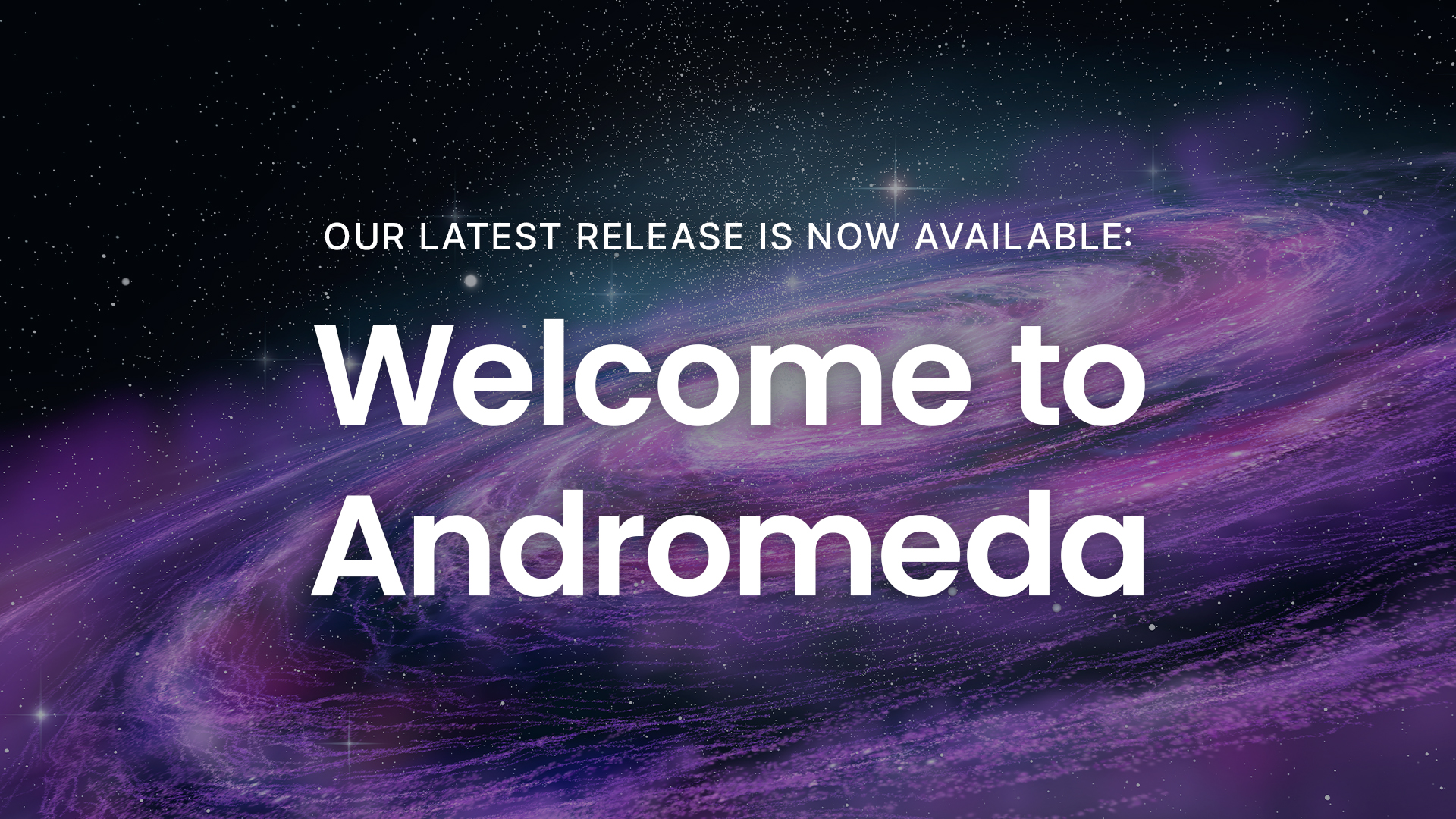The Scope And Sequence of Education outlines the specific content and skills that should be taught at each grade level. The Scope And Sequence provides a clear roadmap for educators to follow in order to ensure that students are progressing academically and meeting learning objectives.
It helps to establish the order in which topics should be taught and identifies key concepts and skills that students need to master. This structured approach to education ensures that students receive a comprehensive and well-rounded education, and allows for consistent instruction across classrooms and schools.
The Scope And Sequence also helps to ensure that students are building upon prior knowledge and are fully prepared for the next level of learning.
Understanding The Basics: Education 101
htmlDefinition and Importance of Scope and Sequence in Education:
The scope and sequence in education refers to the planned educational pathway that outlines the knowledge and skills that students should acquire within a particular subject or field. It involves a structured and systematic approach to teaching and learning, providing a framework for educators to design curricula, lesson plans, and assessments.
Exploring the Different Components of Scope and Sequence:
| Component | Description |
|---|---|
| Scope | Determines the topics or content that will be covered throughout the educational program. |
| Sequence | Specifies the order in which the topics will be taught, ensuring a logical progression of learning. |
The Significance of a Structured Learning Journey:
A structured learning journey facilitated by scope and sequence provides several benefits. It allows educators to effectively plan and organize their teaching materials and strategies, enabling students to build on prior knowledge and make connections between different concepts. This approach helps to ensure comprehensive and cohesive learning experiences, promoting student success and achievement.
Unveiling The Exciting Learning Journey
Integrating Scope And Sequence Into Lesson PlanningScope and sequence plays a vital role in shaping the curriculum of education. It determines the progression and order in which topics are taught, ensuring a coherent and structured learning experience for students. By integrating scope and sequence into lesson planning, educators can create a roadmap for instruction, identifying the key concepts, skills, and knowledge that need to be covered at each stage of the learning journey. This helps to ensure that all essential content is addressed and that students build upon previously learned concepts. Furthermore, incorporating scope and sequence into lesson planning allows educators to align their teaching materials and resources, maintaining consistency and reinforcing connections between different subject areas. |
Ensuring A Comprehensive And Cohesive Learning ExperienceWhen scope and sequence are effectively utilized, it results in a comprehensive and cohesive learning experience for students. The curriculum becomes a progression of skills and knowledge, building upon foundations and scaffolding learning to higher levels of understanding. Students are provided with a clear pathway for their educational journey and can make connections between different subjects and topics. By ensuring that all essential content is covered in a logical and sequential manner, scope and sequence help educators create a well-rounded education that prepares students for future challenges. It provides a framework for educators to guide their instructional decisions, aligning the learning objectives with the desired outcomes and providing a structured environment that enhances student engagement and achievement. |
Empowering Students Through Scope And Sequence
Empowering Students Through Scope and Sequence
Education is a transformative journey that aims to shape young minds into confident individuals equipped with the necessary skills to thrive in the world. A comprehensive Scope and Sequence approach is one way to achieve this goal, as it allows educators to cater to the individual needs of students through personalized learning paths.
By mapping out progressive learning outcomes, Scope and Sequence ensures that students not only gain knowledge but also develop a deeper understanding of the subjects. This approach promotes critical thinking and problem-solving skills, enabling students to apply their knowledge in real-world scenarios.
Moreover, sequenced delivery of information fosters engagement and knowledge retention. It provides a structured framework that students can follow, allowing them to build upon previous concepts and connect the dots for a more holistic learning experience.

Credit: www.amazon.com
Frequently Asked Questions For What Is The Scope And Sequence Of Education
What Is The Scope Of Education?
The scope of education encompasses a wide range of knowledge and skills that individuals acquire through formal and informal learning. It includes academic subjects, practical skills, personal development, and social awareness, preparing individuals for various career paths and improving their overall quality of life.
What Is Scope And Sequence In Ela?
Scope and sequence in ELA is a plan that outlines the content and skills taught in English language arts. It helps educators organize and structure their curriculum, ensuring a systematic and sequential approach to teaching reading, writing, grammar, and communication skills.
What Is The Scope And Sequence Of A Semester?
A semester’s scope and sequence outline the content and order of learning activities for a specific period. They organize the topics and ensure a logical progression in curriculum delivery.
What Is The Scope And Sequence Of A Standards Based Curriculum?
The scope and sequence of a standards-based curriculum outline the content and skills that students will learn at each grade level. It ensures alignment with educational standards and provides a clear progression of concepts. This curriculum framework helps teachers plan and deliver instruction effectively, ensuring a comprehensive and sequential learning experience for students.
Conclusion
To summarize, the scope and sequence of education play a critical role in guiding students’ learning journey from the foundational skills to advanced knowledge. Properly structured and aligned with educational standards, the scope and sequence ensure a systematic and comprehensive approach to education.
It helps educators prioritize the essential content, plan effective instruction, and monitor students’ progress. By understanding the scope and sequence, educators can provide a well-rounded education that equips students with the necessary skills and knowledge for their future success.







